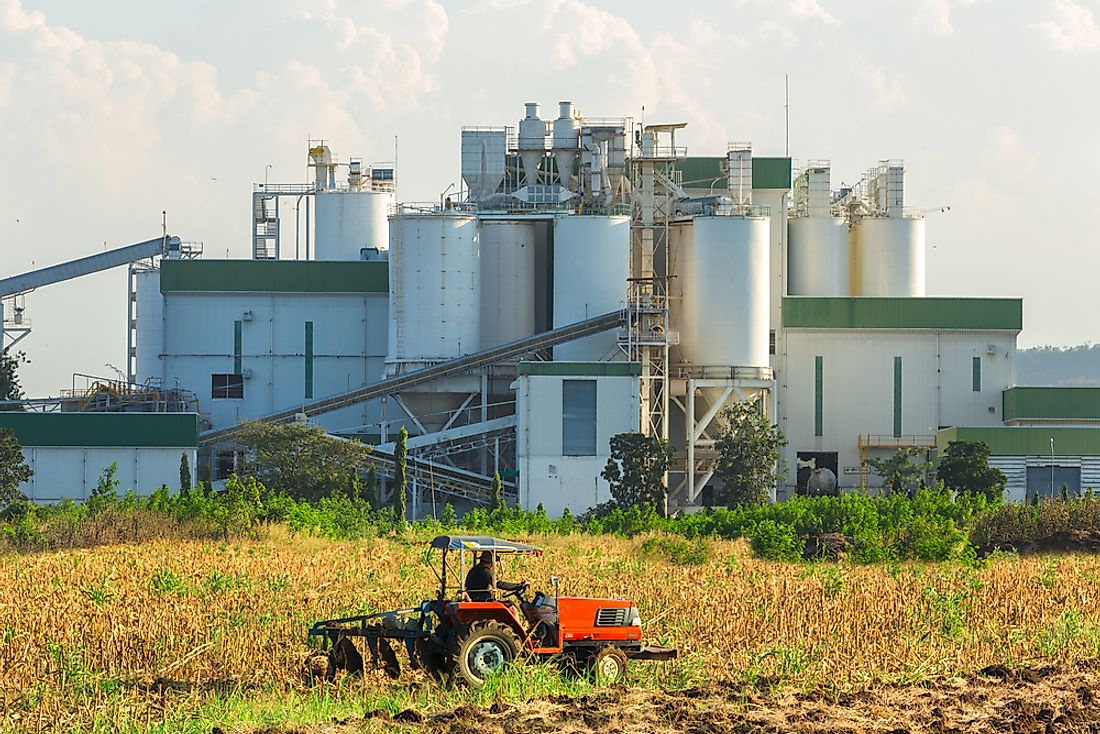What is Ethanol Fuel?

Ethanol fuel is a form of ethyl alcohol that is used mostly to power vehicles, as bio-fuel and as an additive for gasoline. Ethanol is composed of the same alcohol found in alcoholic beverages. Chemically, ethanol is composed of two carbon atoms, six hydrogen atoms, and one oxygen atom. Fiat 147, a car that was manufactured in Brazil in 1978, was the first to be powered by ethanol fuel. The popularity of ethanol fuel and its preferences over other fuels such as gasoline is attributed to its production efficiency and the numerous advantages that ethanol fuel offers, not only human beings but also the economy and the environment as well.
Sources of Ethanol Fuel
Ethanol fuel can be produced from several sources. Its prime sources include petroleum. Ethanol obtained from petroleum, commonly referred to as synthetic ethanol, is similar to bio-ethanol in terms of chemical structure. In fact, it can only be distinguished from bio-ethanol through radiocarbon dating. Ethanol fuel can also be obtained through the catalytic hydration of ethylene, a process that is made quicker and effective by the use of sulfuric acid. Renewable sources, such as plants, are also good sources of ethanol fuel. Plants are considered renewable since they obtain energy for photosynthesis from the sun. Some of the common plants that can be used to produce ethanol fuel include corn, wheat, barley, sorghum, sunflower, cassava, sugarcane, sugar beet, and switchgrass with corn being the most commonly used plant. The corns kernels are are utilized in the production, with only the starchy part being used in the production process.
Production Process and Top Producers
Brazil and the United States are the world’s top producers of ethanol fuel. The United States ethanol accounts for up to 62% of the world's production whereas Brazil’s ethanol accounts for 25%. In fact, in 1976, the Brazilian government incorporated a policy that made it mandatory for all cars to use fuel that is a blend of ethanol fuel and gasoline. The rest of production and utilization of ethanol fuel is mostly by other countries in Europe albeit in smaller quantities.
There are several ways in which ethanol can be produced. The most common method used in the production is fermentation. The ethanol is obtained through microbial fermentation, a process whereby starch and cellulose from plants are converted to sugars through fermentation. The cellulose is broken down into yeast before undergoing a process of distillation then dehydration, which leads to the formation of the final product.
Impact on Environment
Production of ethanol has been known to have a few adverse effects on the environment. First, the land acquired for agriculture to support ethanol production is mostly obtained through deforestation. Clearing of forest cover has many effects to the ozone layer and to human beings. The burning of ethanol releases carbon gases to the environment. Increased levels of these greenhouse gases can be fatal to lives and to the environment. In some instances, people who are exposed to these carbon gases have suffered organ failures or ended up suffocating to death. Ethanol has been known to corrode storage tanks, engines, and pipelines.
Production of Ethanol Fuel by Country
| Rank | Country | Fuel Ethanol Production, Millions of U.S. Liquid Gallons Per Year |
|---|---|---|
| 1 | United States | 15,330 |
| 2 | Brazil | 7,295 |
| 3 | European Union | 1,377 |
| 4 | China | 845 |
| 5 | Canada | 436 |
| 6 | Thailand | 322 |
| 7 | Argentina | 264 |
| 8 | India | 225 |
| 9 | Rest of World | 490 |











